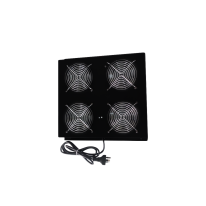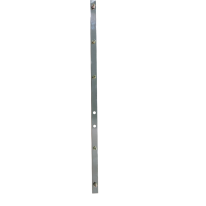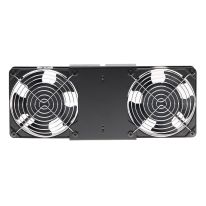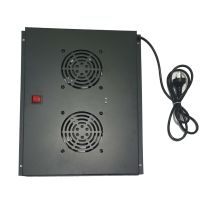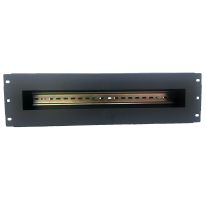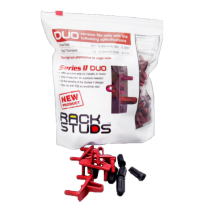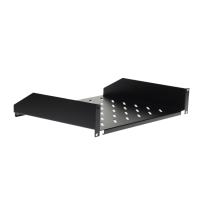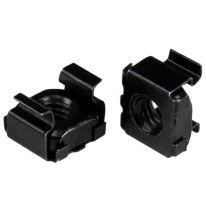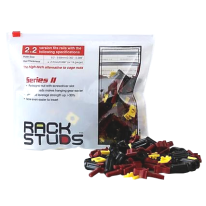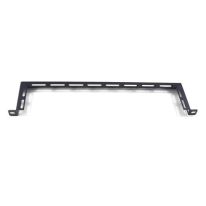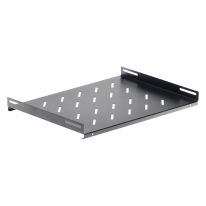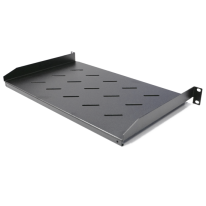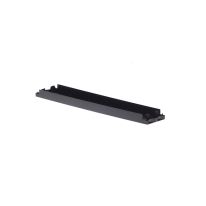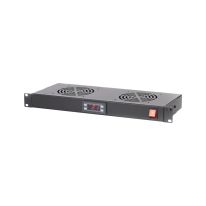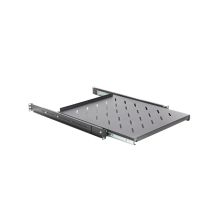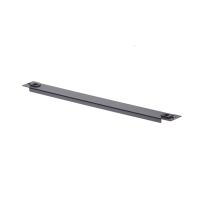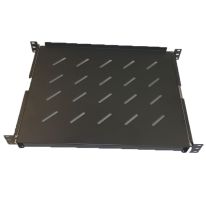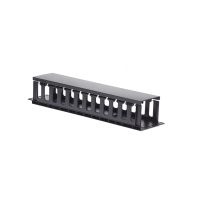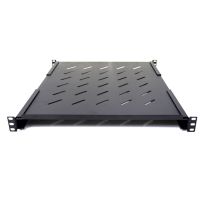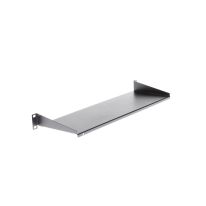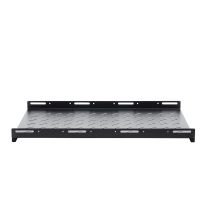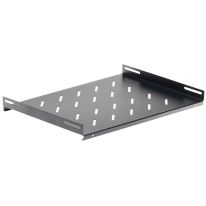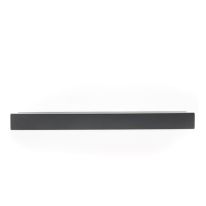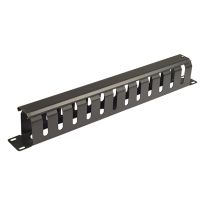Rack Accessories
52 Results


-
SaleSKU: 002.004.0022 4Cabling 4 Way Fan Kit | Suitable for 4C 600mm & 800mm Premium CabinetsSpecial Price $125.10 $108.78 Regular Price $139.00 $120.87
In stock
-
SaleSKU: 002.014.8014 42RU & 45RU Copper Earthing Bar with Fixings
Single Pack
Special Price $277.90 $241.65 Regular Price $308.78 $268.50In stock
-
SaleSKU: 002.004.0003 4Cabling 2 Way Fan Kit | Suitable for 4C Wall Mount Cabinets & Vertical Wall Mount Cabinets
Single Pack
Special Price $57.60 $50.09 Regular Price $64.00 $55.65In stock
-
SaleSKU: 002.004.0025 4Cabling 2 Way Fan Kit | Suitable for 600mm Deep Standard Rack Range
Single Pack
Special Price $88.21 $76.70 Regular Price $98.00 $85.22In stock
-
SaleSKU: 002.007.1330 3RU Rack Mount DIN Rail Panel Bracket with CoverSpecial Price $130.93 $113.85 Regular Price $145.48 $126.50
In stock
-
SaleSKU: 020.010.0117 RackStuds Series II DUO | 50 Pack
Pack of 50
Special Price $105.57 $91.80 Regular Price $117.30 $102.00In stock
-
SaleSKU: 002.003.0035 4Cabling 19" 350mm Deep 2RU Cantilever ShelfSpecial Price $54.45 $47.35 Regular Price $60.50 $52.61
In stock
-
SaleSKU: 020.010.0150 M6 Cage Nuts Screw included | 50 Pack Black
Pack of 50
Special Price $33.75 $29.35 Regular Price $37.50 $32.61In stock
-
SaleSKU: RSL2.2R100.S2 RackStuds Series II Red : 100 Pack
Pack of 100
Special Price $105.57 $91.80 Regular Price $117.30 $102.00In stock
-
SaleSKU: 002.008.1101 1RU Lacing Bar Cable Management - 100mm DeepSpecial Price $33.80 $29.39 Regular Price $37.55 $32.65
In stock
-
SaleSKU: 002.003.0500 4Cabling 1RU Fixed Shelf for 600mm Deep HINGED Wall Mount Server RackSpecial Price $28.35 $24.65 Regular Price $31.50 $27.39
In stock
-
SaleSKU: 002.002.0027 4Cabling 19" 265mm Deep 1RU Cantilever ShelfSpecial Price $56.26 $48.92 Regular Price $62.50 $54.35
In stock
-
SaleSKU: 002.010.0007 4Cabling 2RU 19" Snap-In Blanking PanelSpecial Price $15.73 $13.68 Regular Price $17.48 $15.20
In stock
-
SaleSKU: 002.004.0015 4Cabling 1RU Digital Temperature Unit with 2 Way Cooling Fans
Single Pack
Special Price $195.10 $169.65 Regular Price $216.78 $188.50In stock
-
SaleSKU: 002.003.4800 4Cabling 1RU Sliding Shelf for 800mm Deep RackSpecial Price $157.07 $136.58 Regular Price $174.51 $151.75
In stock
-
SaleSKU: 002.010.0060 4Cabling 1RU 19" Snap-In Metal Blanking PanelSpecial Price $26.19 $22.77 Regular Price $29.10 $25.30
In stock
-
SaleSKU: 002.003.4600 4Cabling 1RU Sliding Shelf for 600mm Deep RackSpecial Price $130.93 $113.85 Regular Price $145.48 $126.50
In stock
-
SaleSKU: 002.008.0017 2RU 19" Cable Management Rail - 12 SlotSpecial Price $26.39 $22.95 Regular Price $29.33 $25.50
In stock
-
SaleSKU: 002.003.2081 4Cabling 1RU Universal Fixed Shelf for Server Racks with Rail to Rail Depth up to 730mmSpecial Price $149.04 $129.60 Regular Price $165.60 $144.00
In stock
-
SaleSKU: 002.002.0025 4Cabling 1RU Cantilever Shelf 150mm DeepSpecial Price $39.33 $34.20 Regular Price $43.70 $38.00
In stock
-
SaleSKU: 002.003.1001 4Cabling 1RU Fixed Shelf for 1000/1070mm Deep Free Standing Server RackSpecial Price $49.51 $43.05 Regular Price $55.00 $47.83
In stock
-
SaleSKU: 002.003.0450 1RU Fixed Shelf for 450mm Deep Wall Mount Server RackSpecial Price $22.05 $19.17 Regular Price $24.50 $21.30
In stock
-
SaleSKU: 002.010.0006 1RU 19" Snap-In Blanking PanelSpecial Price $8.96 $7.79 Regular Price $9.95 $8.65
In stock
-
SaleSKU: 002.008.0009 1RU 19" Metal Cable Management Rail | 12 SlotSpecial Price $24.53 $21.33 Regular Price $27.26 $23.70
In stock




